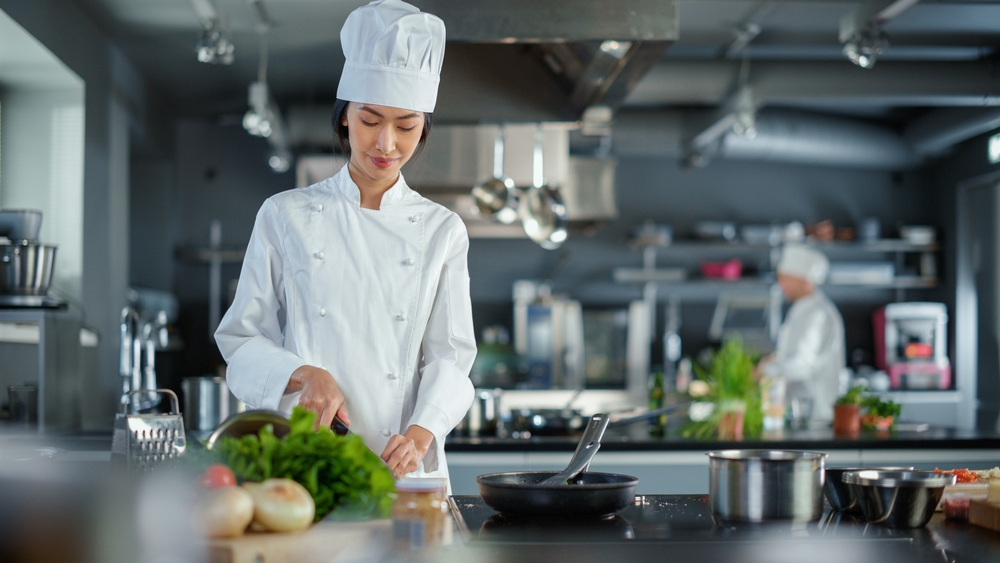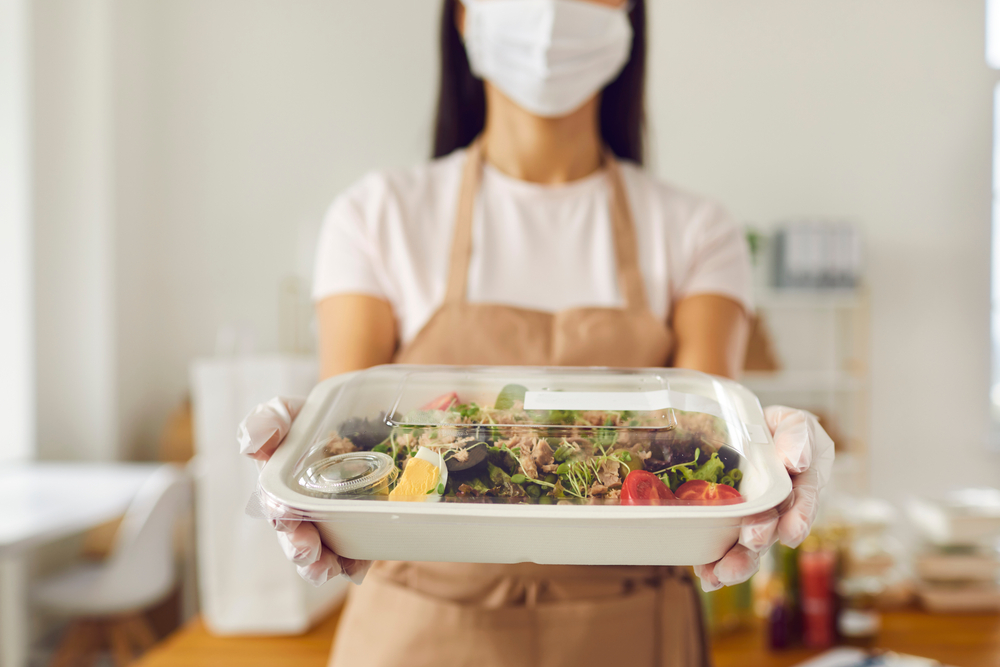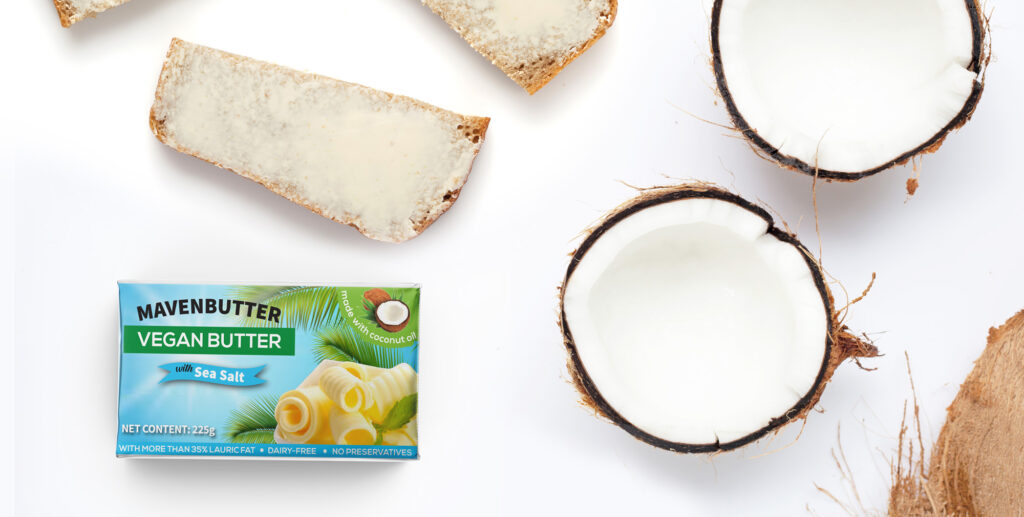In the food industry, food safety is non-negotiable. Whether you’re managing a restaurant, catering business, or large-scale food production, preventing cross-contamination in food is critical to safeguarding your customers, your reputation, and your bottom line.
Cross-contamination is one of the leading causes of foodborne illnesses and allergen-related reactions. But here’s the good news: with the right protocols, it’s entirely preventable. This guide will explore what cross-contamination is and share actionable tips for food professionals to maintain the highest standards of safety.
What is Cross-Contamination?
Cross-contamination is the transfer of harmful microorganisms, allergens, or physical contaminants between food, surfaces, or tools. This transfer often occurs during food preparation, storage, or service, and it can happen more easily than you might think.
Types of Cross-Contamination
To further understand how you can avoid cross-contamination during food processing, let’s learn its types:
1. Direct Cross-Contamination
This happens when raw foods come into direct contact with ready-to-eat or cooked foods. For example, storing raw chicken next to fresh salads in the same fridge can cause bacteria from the chicken to transfer to the salad.
2. Indirect Cross-Contamination
Indirect contamination occurs through shared tools, surfaces, or hands. Imagine using the same knife to chop raw fish and slice bread without washing it in between—that’s indirect cross-contamination in action.

3. Allergen Cross-Contact
This type of cross-contamination involves trace amounts of allergens transferring between foods. For instance, frying gluten-free fries in the same oil as battered chicken can inadvertently expose diners to gluten.
To better understand the risks, let’s look at some everyday scenarios:
- A chef uses the same cutting board for raw seafood and vegetables without proper sanitization, allowing bacteria like Listeria to spread.
- Refrigerators are overstocked, leading to raw meats leaking onto uncovered desserts stored below.
- Staff members wear gloves while handling raw meat but don’t change them before plating cooked meals.
- Equipment like blenders or slicers are not fully disassembled and cleaned, leaving behind hidden contaminants.
- Allergy-friendly dishes are stored too close to allergenic ingredients, risking cross-contact.
Each of these situations highlights how easily cross-contamination can occur—and why vigilance is essential.
How to Prevent Cross-Contamination in Food
So, how can cross-contamination be prevented? It requires a proactive approach and attention to detail. Below are practical strategies tailored for food professionals to minimize risks and maintain a safe environment:
1. Create Separate Work Zones
Clearly designate areas for raw food prep, cooked food handling, and allergen-free food preparation. Invest in color-coded tools like cutting boards, knives, and utensils to make sure everything is clear.
2. Store Food Properly
Follow the “top-to-bottom” rule when storing food in refrigerators:
- Ready-to-eat foods at the top.
- Raw seafood, beef, and poultry on the lower shelves.
This prevents raw food juices from dripping onto other items. Use sealed containers to keep allergens and bacteria contained.
3. Train and Retrain Your Staff
Regular staff training is essential to ensure everyone understands the risks of cross-contamination and how to prevent it. Topics should include:
- Proper handwashing techniques with quality hand care and hygiene products.
- When to change gloves or aprons.
- Safe food handling practices.
Provide refresher courses periodically as food safety standards evolve over time.

4. Clean as You Go
Cleaning and sanitizing surfaces, equipment, and tools after each use should be non-negotiable. Invest in food-safe cleaning and sanitation supplies and make sure cleaning schedules are strictly followed. Don’t forget high-touch areas such as fridge handles, knives, and preparation tables.
5. Enforce a “No Shortcut” Policy
In busy kitchens, the temptation to take shortcuts is real. However, cutting corners with hygiene—for example, skipping a full equipment clean during peak hours—can lead to serious consequences. Make it clear that safety trumps speed.
6. Introduce Allergen Management Plans
If your menu includes allergen-free options, invest in separate utensils, storage containers, and even cookware for these items. When learning how to avoid cross-contamination, clearly label allergen-containing dishes and educate your team about allergen risks and cross-contact prevention.

7. Inspect Deliveries and Supplies
Contamination can happen before food even reaches your facility. Always inspect deliveries for damaged packaging, off odors, or improper storage temperatures. Ensure that raw and ready-to-eat items are packed separately.
8. Monitor Self-Serve Areas
For restaurants with buffets or salad bars, cross-contamination risks can be high. To prevent cross-contamination in food, place separate serving utensils for each dish, provide sneeze guards, and assign staff to monitor these areas to prevent customer mishandling.
9. Leverage Technology
Modern kitchens can benefit from technology such as automated temperature monitors, cleaning schedule apps, and allergen tracking systems. These tools can help streamline processes and reduce human error.
10. Audit Your Practices Regularly
Schedule regular safety audits to identify gaps in your current processes. Whether it’s an external inspection or an internal review, these audits ensure that your food safety practices remain robust and up-to-date.
Why Cross-Contamination Prevention in Food Matters
For food industry professionals, the stakes are high. Beyond the health risks to customers, cross-contamination can result in legal issues, food recalls, and irreparable damage to your brand’s reputation.
In an industry built on trust, even one contamination incident can lead to negative reviews and customer attrition. Prioritizing food safety protects your customers and demonstrates your commitment to quality and professionalism.

Avoid Cross-Contamination with High-Quality Cleaning and Sanitation Products
Cross-contamination can put your operations, reputation, and customers at risk. While proper food handling practices are essential, real protection starts with using professional cleaning products—and partnering with suppliers who understand food safety from end to end.
At Oleo-Fats, we don’t just supply premium specialty ingredients. Our Cleaning and Sanitation Division offers a full range of high-performance cleaning solutions built for commercial kitchens, foodservice operations, and food manufacturing facilities. From degreasers to food-safe sanitizers, every product is developed to help you maintain spotless workspaces, control contamination risks, and meet strict regulatory standards with confidence.
We bring the same rigorous commitment to quality and safety across everything we deliver. Whether you run a restaurant, a catering service, or a full-scale food production facility, Oleo-Fats makes it easier to safeguard your operations, so you can focus on what you do best.
Make food safety a shared priority—protecting your customers and your reputation. Contact us today for more information.



